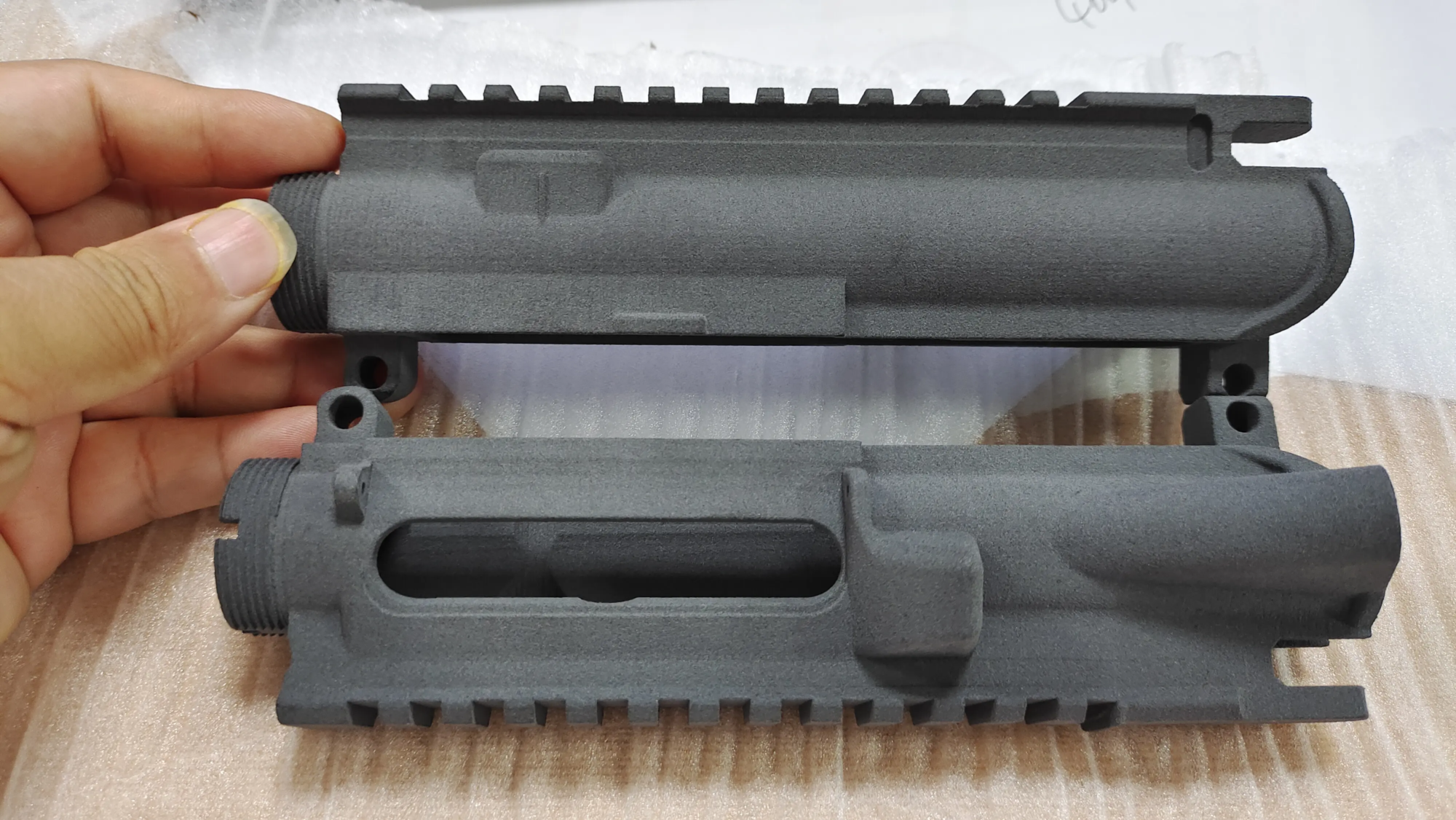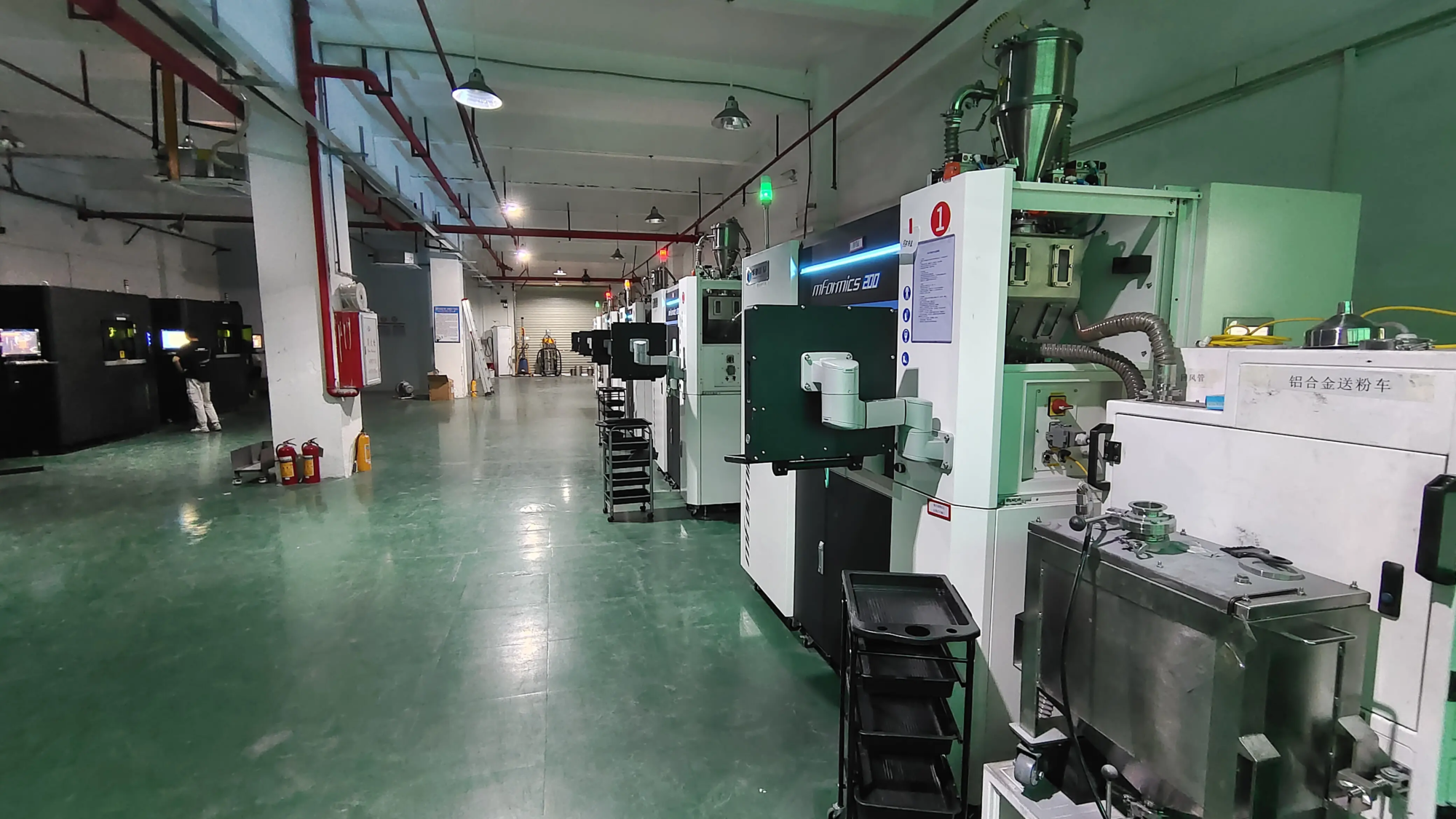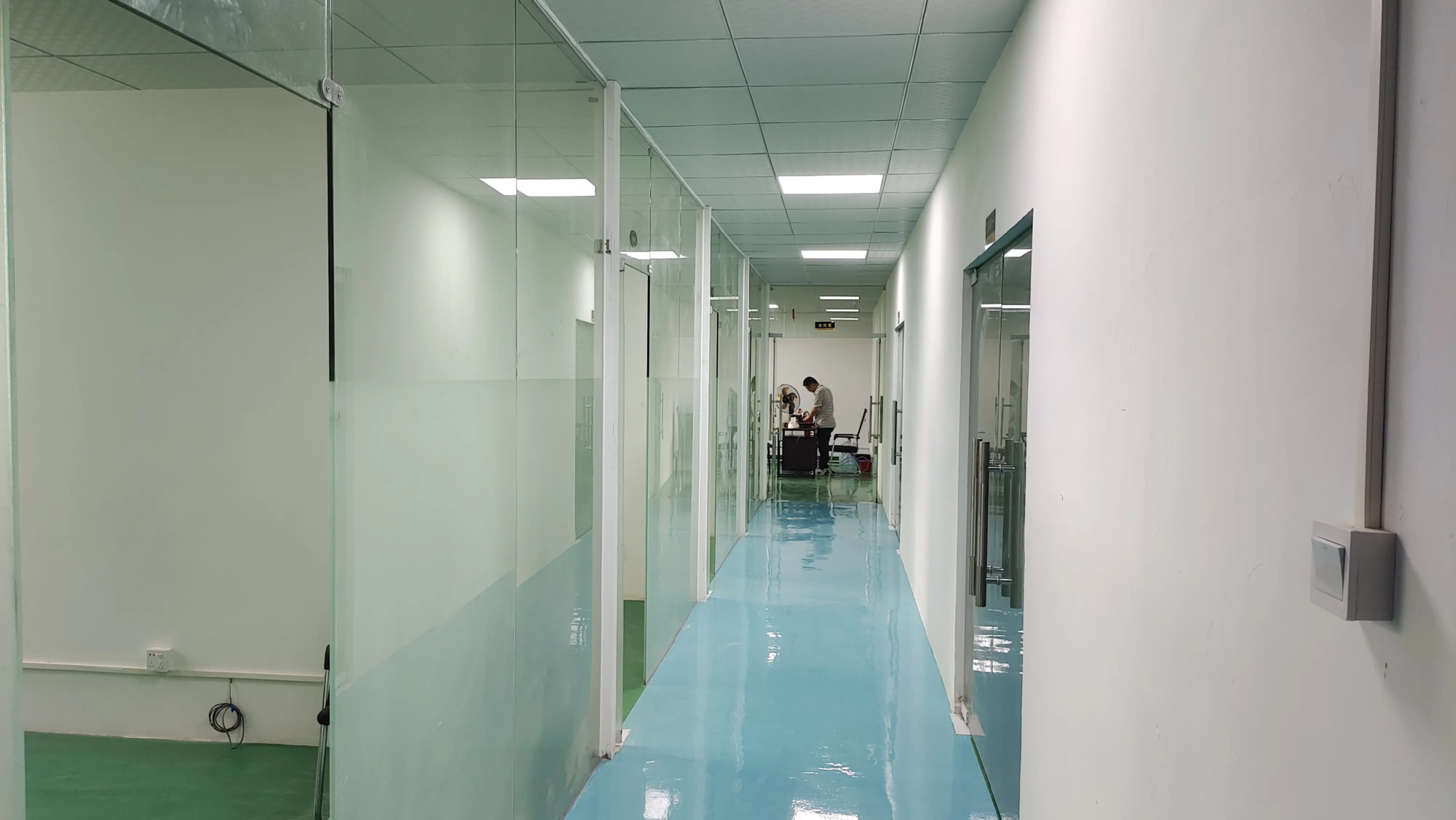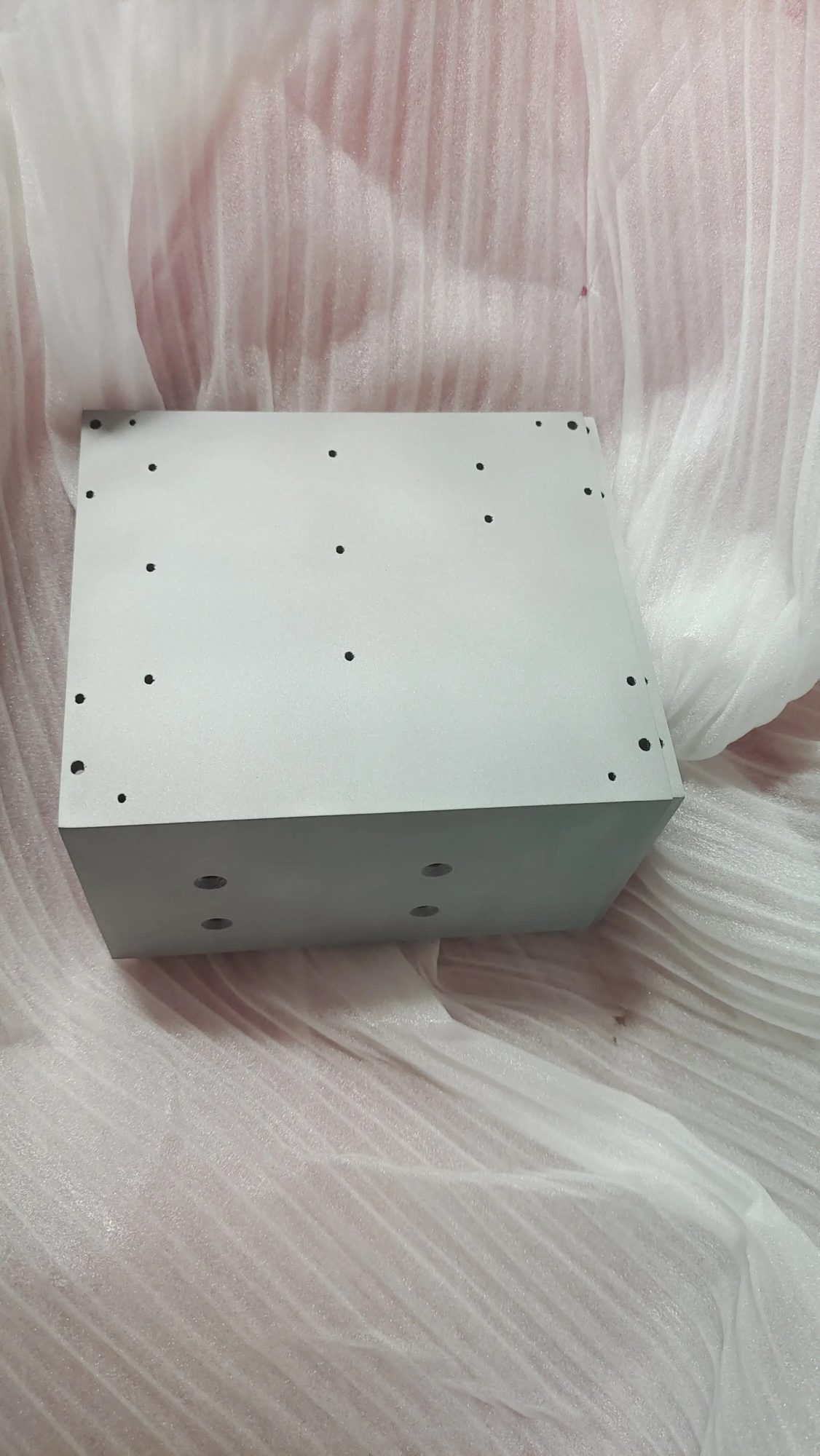Beyond Labels: Revealed "food grade" 3D printing filament and real food safety
The dynamic world of 3D printing brings unparalleled customization to our kitchens and homes. From intricate cookie cutters to custom coffee pot handles, personalized dishes and unique food molds, the possibilities are seemingly endless. Naturally, the surge in food-related printing has raised eyebrows "food grade" filament. But a key question arises in every maker’s mind: "food grade" Filament Auto means your printed objects are genuine food safety? Spoiler alert: reality is far more complex and nuanced. Let’s break down the layers.
The charm (and confusion) of "food grade"
Walk down the filament aisle (virtual or physical) and you’ll see tempting labels: "FDA approved for food contact," "Food Safety PLA," "Cooking level." The implications are strong – buy this filament, print something, and then eat it. Unfortunately, this is a dangerous oversimplification.
- Material certification is just the starting point: filament manufacturers able Obtain certification demonstrating that the base polymer material itself complies with incidental food contact regulations. For example, PLA or PETG are often listed as generally recognized as safe (GRAS) by the FDA under CFR Title 21 (Polymer Section 178.3790) specific, limited food contact applications controlled conditions. This certification only applies to virgin plastic pellets.
- Manufacturing variables: Converting certified pellets into filament involves melting, extrusion and winding. In this process:
- additive: Incorporation of colorants (dyes or pigments), processing aids, stabilizers, plasticizers and other additives. These additives may not be food safeeven if the base polymer is. The manufacturer can prove final filament Contains additives, but this is not universal – be sure to check the specific data sheet.
- pollute: There is a risk of physical and chemical contamination from filaments extruded on shared production lines, especially from non-food grade materials. Dedicated lines are ideal, but are not always used or advertised.
- this "food safety" Tags mirage: Be skeptical of a wide range of things "food safety" Claims without context. Look for specific certifications (e.g. "Comply with FDA standards," "EU10/2011") and ask about additive safety. Relying solely on marketing jargon is risky.
Why "food grade" Filament alone is not enough to ensure food safety
Even if the filament you source has impeccable raw material and food contact additive certification, the challenge real Start with your 3D printer:
- Porous Demon: Fused filament manufacturing (FFF/FDM) is the most common desktop printing method and essentially creates layer lines and microscopic voids within the printed layer structure. These tiny gaps are:
- Bacteria safe haven: Food particles and moisture are trapped, creating a perfect breeding ground for bacteria, e.g. salmonella and E. coli. Effectively cleaning and disinfecting these pore-deep bacteria with regular cleansing is extremely difficult, if not impossible.
- Detergent trap: Harsh dish soaps and disinfectants can become trapped in these pores and subsequently seep into food. This creates a chemical safety hazard.
- Hot end danger: The hot end and nozzle of a 3D printer are usually made of brass or other alloys. These metals often contain lead and other toxic elements and are prohibited from coming into contact with food. During the printing process, tiny particles in the nozzle impregnate the molten plastic filament as it passes through it. Although trace amounts of these metals can contaminate foods, especially acidic foods that promote leaching.
- Filament as carrier: Dust, hand grease, or contaminants in the printing environment can easily adhere to the filament itself before it enters the extruder, eventually becoming embedded in the print.
- Difficult-to-clean geometries: 3D printing often takes advantage of degrees of freedom to create complex, organic shapes. While aesthetically pleasing, these intricate designs often feature hard-to-reach nooks, crannies, and interior passages that make thorough cleaning and disinfection nearly impossible.
- Material degradation: even "safe" Plastic deteriorates over time, especially with repeated washing, exposure to dishwashers (heat, detergents), acidic or greasy foods, or UV exposure. Degradation can cause the plastic to leach unreacted monomers, additives or decomposition products into the food.
Reduce risk (not eliminate risk)
While realizing perfect Food safety of all FFF/FDM printed food contact items is arguably impossible, you can significantly reduce If you choose to continue, you have the following risks:
- Filament Selection and Review:
- Requirements certification: insist on seeing specific, Verifiable Certificate Exact filament brand and type You purchase. Verify that it covers the entire formula, including additives and colorants. FDA 21 CFR or EU 10/2011 are key standards.
- Color considerations: Avoid using bright/dark colors unless the supplier guarantees that the pigment is food safe. Natural, white or certified food grade colors are safest.
- Seeking hotline: Truly purpose-built food-safe filaments, such as Proto-pasta’s HTPLA-CF, are manufactured in separate extruders and production lines, greatly reducing the risk of contamination. These are premium, but worth it for the highest level of confidence.
- PETG’s favorite: While PLA is common, PETG is generally considered more durable and resistant to chemicals, especially washing and certain foods. It also has a higher glass transition point, providing greater stability in warm conditions.
- Printer hygiene and setup:
- Dedicated hotend/nozzle? Consider using a dedicated all-stainless steel hot end assembly only For printing with food-safe filament. Stainless steel avoids the lead contamination issues of standard brass nozzles. Make sure heater blocks and heat shields are also non-toxic materials.
- Rinse and clean: Extensive execution "cold drawn" (Atomic Pull) between materials, especially before printing with food grade filament, to remove residue.
- Clean environment: Print in a clean area with minimal dust. Use clean gloves when handling filaments and components.
- Key post-processing:
- Smoothing is imperative: This solves the fatal flaw of porosity. Technology is key:
- Sealing coating: Use an FDA-approved food-grade epoxy or a specialized silicone coating designed for food contact (such as Smooth-On’s coating). Make sure the coating is sealed all surface thoroughly. This creates a non-porous barrier that prevents bacterial retention and makes cleaning possible. This is often the most feasible route to limited food safety use.
- Thermal Smoothing: With materials such as HTPLA (Heat Treated PLA), the printed object is subjected to controlled high temperatures after printing, causing the layers to fuse more completely, significantly reducing layer line gaps. Great for simple geometric shapes.
- Chemical Smoothing: For ABS (use acetone vapor). ABS is less common in food, but it does exist. NOTE: Make sure all smoothing chemicals are completely evaporated/removed.
- Rigorous cleaning and disinfection:
- clean immediately After use, moisten a soft brush with mild dish soap and hot water. Pay attention to all gaps.
- Disinfect using a specially rated food-safe solution (such as a dilute bleach solution – then rinse thoroughly) or an FDA-approved food surface disinfectant. Do not soak for a long time.
- Air dry completely: Prevent moisture retention.
- Smoothing is imperative: This solves the fatal flaw of porosity. Technology is key:
- Safe design:
- Keep it simple: Design items with smooth, shallow curves and easy-to-clean surfaces. Avoid enclosed hollows or maze-like passages.
- For short term and cold use only: Prioritize applications with short food contact times and non-heated or non-acidic food products (e.g., cookie cutters for dough, dry snack containers, cold drink mixers). avoid: Hot liquids, acidic foods (tomatoes, citrus), oily foods, microwave, dishwasher and long term food storage.
- Labeled as non-durable: Please note that these items are not as durable as molded food-grade plastic. Check frequently for cracks, cracks, discoloration (signs of deterioration) and discard immediately if damaged.
Conclusion: A realistic approach to security
Simply label the filament "food grade" provides the basis potential To be on the safe side, but this is just the first step on a long and complicated road. The inherent porosity associated with FFF/FDM printing, the risk of contamination during the printing process, and the challenge of cleaning complex printed structures create significant food safety hazards that cannot be ignored.
Unless you employ strict mitigation strategies (primarily applying a coating of a proven food-safe sealant to every surface after printing and adhering to strict design and usage restrictions), it’s difficult to consider a typical 3D printed item to be truly food-safe for anything beyond minimal, non-critical exposure.
For items that require direct, prolonged contact, exposure to heat/acid/oil, or require rigorous cleaning cycles (e.g. plates, cups, cutting boards, cutlery, baby products), Pre-digitally formed food-safe plastics are still very superior in terms of safety and durability. 3D printing excels in prototyping, molds (which can then be used with food-safe casting resins), tools (such as spatula handles), dry food dispensers and decorative short-touch items with careful post-processing. Always prioritize safety and understand the limitations before putting your prints in contact with your food or drink.
FAQ: Food Safety and 3D Printing Supplies
Q1: I bought PLA tags "food safety." Can I print and use the mug immediately?
one: Emphasis on no. While PLA raw materials may have certifications, printing introduces porosity and potential contamination of the printer (nozzle, general environment). Instead of sealing its entire surface with an FDA-approved food-safe coating and cleaning it carefully, it not safe Drink from it.
Question 2: What is the biggest problem facing FDM 3D printing food safety?
one: Microporosity. Layer lines and internal voids can trap food particles and bacteria, making effective cleaning and disinfecting nearly impossible. Regardless of filament certification, this risk remains significant if the print is not sealed.
Q3: Are there food safety supplies that can be printed immediately?
Answer: Indeed "Ready to print" There are no food safety issues in the FDM world due to printer contamination and porosity. However, Some High-quality filaments, such as those produced on dedicated production lines and containing food-safe additives, significantly reduce raw material risks. They still require thorough post-processing sealing/smoothing and careful use for safe food contact.
Question 4: How to properly seal 3D prints intended for food contact?
Answer: Use FDA approved food grade epoxy or silicone coating Designed for direct, repeated food contact. Carefully apply it to each surface of the print, making sure there are no gaps or air pockets, according to the manufacturer’s instructions. Entrapment under the coating is just as bad as surface pores.
Q5: Can I put one "food safety" 3D printing in the dishwasher?
one: Extremely undesirable. The high heat, harsh detergents, and powerful spray of the dishwasher can damage the print (causing warping or cracking), degrade any sealant over time, and drive contaminants deeper into microscopic defects. Gently hand wash only with mild soap.
Q6: Is PETG safer than PLA?
Answer: PETG generally has the following advantages: higher chemical resistance, better durability and higher heat distortion temperature. It resists degradation better from washing and less acidic foods than PLA. However, The basic issues of porosity and contamination during the printing process remain the same. Both can only Make it safer with proper sealing and usage protocols.
Q7: What about using a brass nozzle and food-safe filament?
one: Significant risks. Brass nozzles contain lead. The fused filament passing through the nozzle may pick up trace amounts of lead and other metals, contaminating your print. When printing on materials that may come into contact with food, use pure stainless steel nozzles to eliminate this specific hazard.
Q8: What is the most secure application? "food grade" filament?
Answer: Focus on the least risky applications:
- Short contact time: Cookie cutter (for raw Dough; wash immediately after), cupcake decorations (decorations placed back bake).
- Non-porous surface: The sealed outer surface is used for decorative elements on items where food does not come into direct contact with the print.
- tool: Spatula handle (ends in food-safe metal or silicone).
- Dry information: Containers for storing items such as pasta, flour, or coffee beans (make sure the inside is sealed if food comes in direct contact). Avoid sugary foods that absorb water.
Navigating 3D printed food safety requires diligence and a critical eye. While this technology offers exciting potential, it is critical to prioritize security by understanding the true risks and implementing strong mitigation strategies.
GreatLight specializes in providing high-integrity metal parts through advanced industrial processes such as SLM (Selective Laser Melting). While food safety challenges are primarily associated with plastic FFF printing, we understand material certification and strict production standards. For critical components, such as high-performance metal kitchen appliance parts manufactured under controlled conditions under strict food contact regulations, explore the possibilities of precision metal additive manufacturing. Experience unparalleled precision and reliability. Customize your engineering rapid prototypes and end-use metal parts with GreatLight today.





